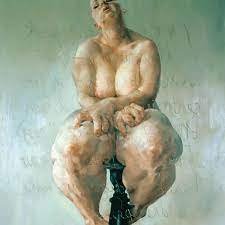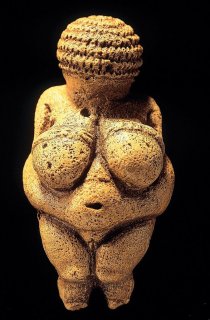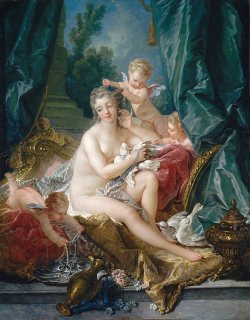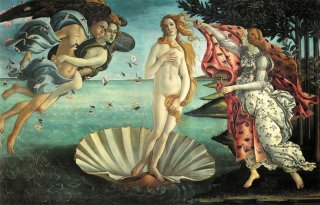
The Three Graces
, Baroque Period: 1577 - 1640
"The Three Graces'' by Antonio Canova depicts three goddesses with robust, voluptuous forms, pale skin and ample, rounded figures. This depiction emphasises their fertility and vitality and exudes strength and sensuality. The dynamic composition and vibrant colours in "The Three Graces" create a sense of energy and movement and as a result, enhance the allure of the figures. The goddesses are portrayed with graceful poses and gentle facial expressions to reflect the Baroque appreciation for the softer and delicate aspects of womanhood. The three Graces are the three daughters of Zeus. Each of the daughters bestows a gift to humanity: Euphrosyne (mirth), Aglaia (elegance) and Thalia (youth and beauty).




